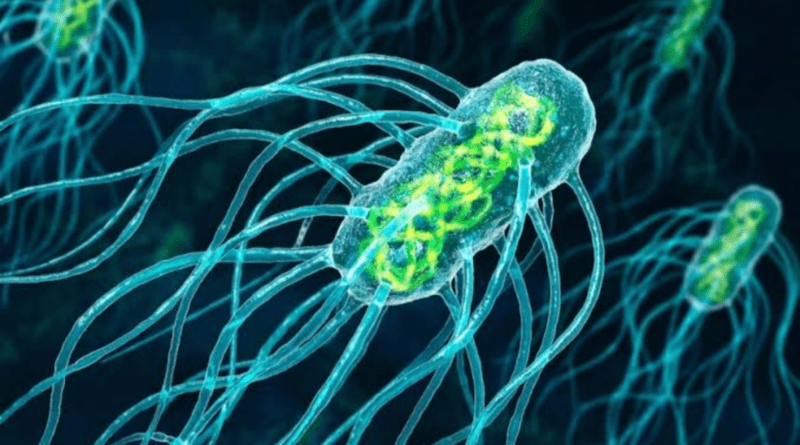Now you see how Just one dose of this promising antibiotic class can do wonders for resistant infections.
Researchers have discovered a whole new method for severing the legs of bacterial diseases that are resistant to drugs.
Though the medicine has only been tested on mice, researchers at Uppsala University in Sweden have uncovered a new class of antibiotic that they think will “make an important contribution to the ongoing struggle against antibiotic resistance.
The novel medication targets the double membrane that encases gram-negative bacteria, such as Escherichia coli, which can cause blood and bowel infections, and Klebsiella pneumoniae, which can cause blood, lung, and bladder infections. It works similarly to many other antibiotics that are currently being developed.
Antibiotics have a tougher time working against gram-negative bacteria because of their strong second barrier, in contrast to gram-positive bacteria, for which multiple medication families have been developed.Lipopolysaccharides, which give the cell stability, enable surface interaction, and allow toxins to escape the cell and nutrients to enter, are embedded in the thick outer membrane.Because gram-negative bacteria’s lipid membranes are so vital to their survival, scientists have been attempting to manipulate them for years.
However, Swedish researchers are the first to focus on an enzyme called LpxH, which aids in the synthesis of other vital elements of the outer membrane known as lipopolysaccharides. This enzyme is used by about 70% of gram-negative bacteria; therefore, it may be a good target for a variety of illnesses.
An hour later, mice that had been injected with drug-resistant K. pneumoniae or E. coli were given a variety of chemicals that were intended to block the bacteria’s LpxH.
The outcomes showed that a single dose might be used to cure bloodstream infections in as little as four hours.“During the course of this infection model, bacteria spread to the bloodstream of the mice,” they say.
The ability of these compounds to strongly reduce the number of bacteria recovered from blood in only a single-dose treatment highlights their potential to treat the most life-threatening infections with gram-negative [multi-drug-resistant] pathogens.Beginning with a substance known as JEDI-1444, the researchers assembled it based on the findings of a literature search for appropriate potential inhibitors.
Despite its remarkable potential to inhibit gram-negative growth, it exhibited low solubility and instability in the blood.Two variations, coded EBL-3599 and EBL-3647, proved successful after the team made a few adjustments.
These versions did not dissolve more readily in serum, but they exhibited “potent” antibacterial action against a variety of isolates of K. pneumoniae and E. coli, “irrespective of the resistance genotype.”Considering that both of these bacteria are becoming resistant to the few medications that are currently on the market that effectively combat them, that finding is crucial.
Antibiotic-resistant diseases accounted for the third-highest global death toll in 2019. Ten million deaths annually are predicted by 2050.To save lives, new types of medicine are vitally needed as microorganisms adapt to our treatments.
Approximately 50% of antibiotics on the market now are merely reformulated versions of medications that were discovered almost a century ago.The World Health Organization (WHO) published a list of the most hazardous drug-resistant pathogens in 2017, and the most common type of these pathogens are gram-negative bacteria that are resistant to the most potent broad-spectrum antibiotic classes.
This includes blood, lung, and urine infections caused by Acinetobacter baumannii, pneumonia-causing Pseudomonas aeruginosa, and E. coli and K. pneumoniae.“While the current results are very promising,” Uppsala University investigators state, “there will be considerable additional work required before compounds of this class will be ready for clinical trials.”The PNAS journal published the study.




